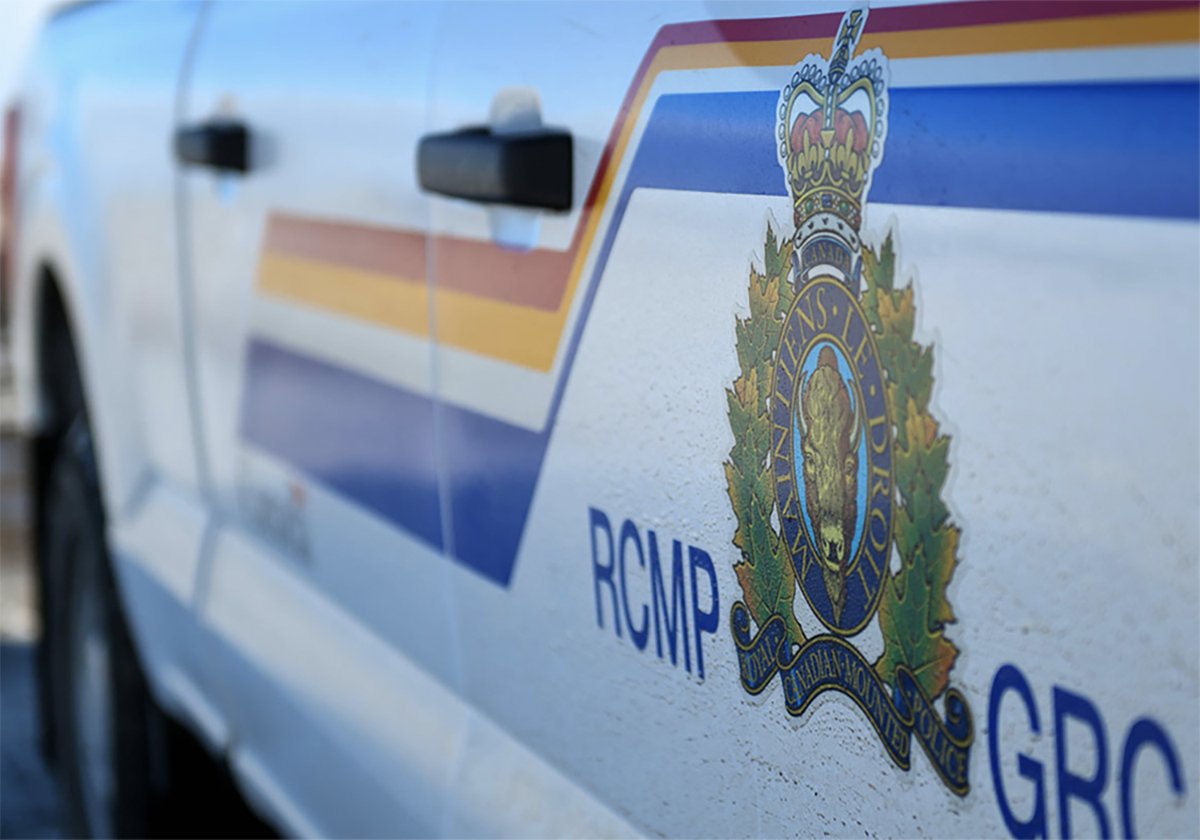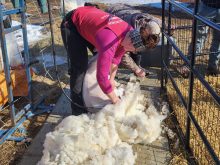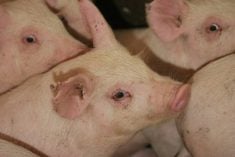About 25,000 Alberta cattle will arrive in Saskatchewan over the next few weeks to spend the summer.
Provincial livestock investigator Barry Belak said trucks will be heading in every direction as the cattle are transported to private pastures mainly in northwestern Saskatchewan for summer grazing.
He said this adds to the landowners’ cash flow, but all parties involved need to follow proper procedure.
The animals must be brand-inspected in Alberta before they leave and reinspected by Saskatchewan inspectors in the fall when they go home.
Read Also

Charges laid after cattle theft
Saskatchewan RCMP lay two charges against a man after six cattle went missing.
“This procedure ensures that ranchers are returning with the correct livestock, not local animals,” he said.
Cam Camden, assistant manager with Alberta’s Livestock Identification Services Ltd., said the compliance rate among producers is excellent. They know they have to have the proper documentation, especially if they decide to sell their animals in Saskatchewan.
It’s also an important aspect of the BSE set-aside programs.
“You have to prove how many you own and where they are,” he said.
Belak said people can be fined for skipping the brand inspection process. They could be charged with cattle rustling if they take cattle belonging to someone else.
Inspection does come with a price. In Saskatchewan, it’s $1.65 per animal.
In Alberta the cost is normally $1 per head, but for animals that are moving on a grazing permit, the charge is 50 cents per head as long as they will be returning home.
“At the end of the year if you don’t bring them home you’re invoiced for another 50 cents,” Camden said. “A lot of (producers) do sell their calves there.”
He added that Alberta’s rate is likely lower because of the volume of animals inspected there.
Producers should contact LIS or one of the six Saskatchewan brand inspectors for more information.

















